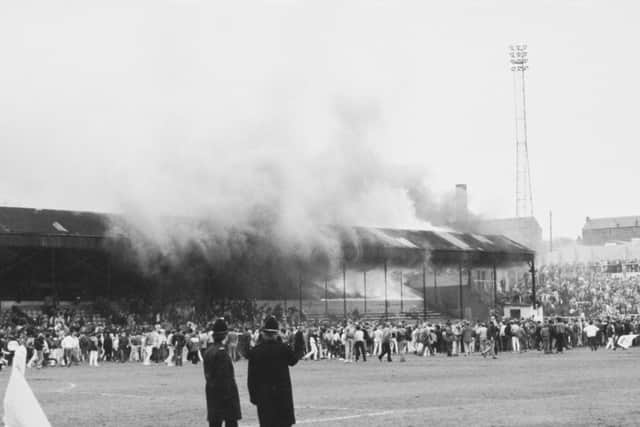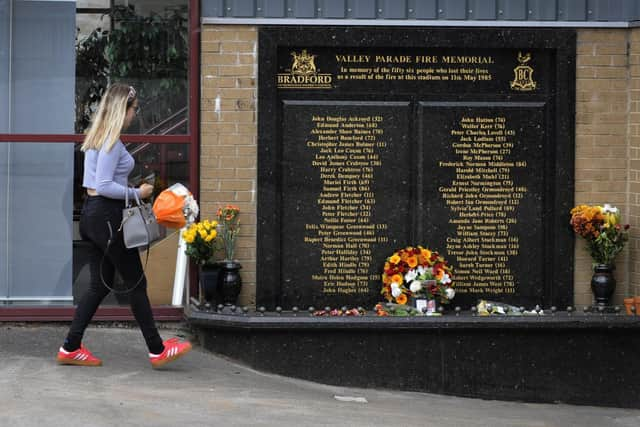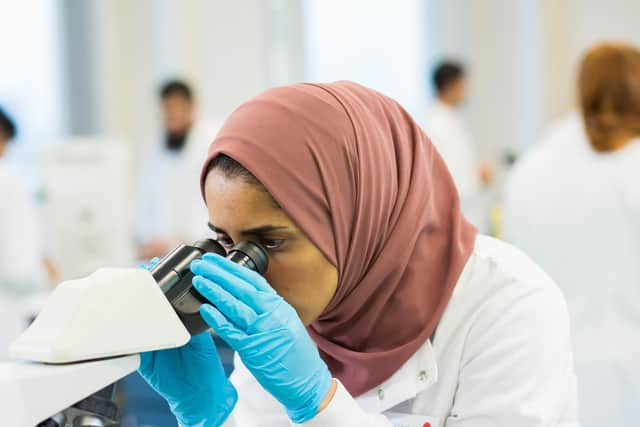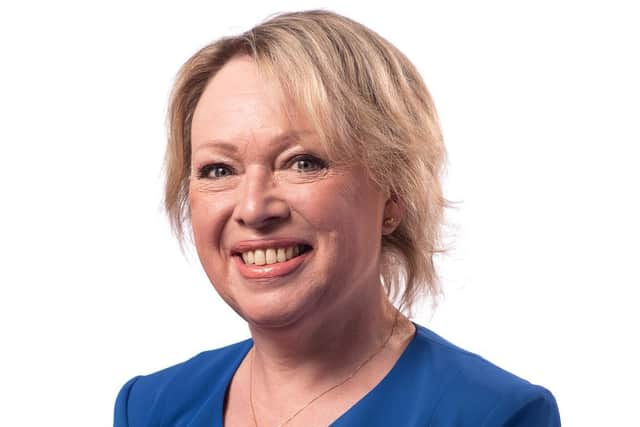Bradford City Fire disaster: 36 years on the city's pioneering burns unit marks the tragedy that shocked a nation
The worst fire disaster in English football history played out on live television on May 11, after Valley Parade's main stand caught fire during a match between Bradford City and Lincoln City on May 11, 1985.
It was described by sports commentator John Helm at the time as a “burning hell” and resulted in the death of 56 people and more than 250 people treated for burns injuries.


Advertisement
Hide AdAdvertisement
Hide AdThe legacy of that day has been etched on the national consciousness. It also lead to new safety measures for football stands and the creation of the Bradford Burns Unit - an internationally renowned burns research facility.
The pioneering burns unit was founded by Professor David Sharp OBE the consultant plastic surgeon in Bradford at the time.
Professor Sharp was faced with treating no fewer than 258 people who had suffered burns in the disaster - particular burns to people's hands.
While treating patients he found that conventional fabric arm slings couldn’t keep swelling down while also keeping the arm elevated. This in part led to the creation of the Bradford Sling which Prof Sharp developed soon after the tragedy while working at the University of Bradford.


Advertisement
Hide AdAdvertisement
Hide AdThe simple design is made from foam and Velcro and can be suspended by the patient’s bed or held against the patient’s body. It has revolutionized the management of hand injuries worldwide.
Professor Ajay Mahajan, a Consultant Plastic Surgeon at Bradford Teaching Hospitals, took over from Prof Sharp when he retired in 2014.
Speaking on the anniversary, Prof Mahajan, said the generosity, hard work and ingenuity of people worldwide - including Bradford City supporters, football fans, organisations and the public had been vital to keeping the unit's "vital" work going.
He added support from the public had "never been more needed" due to problems posed by the pandemic.


Advertisement
Hide AdAdvertisement
Hide AdProf Mahajan said: "This past year has not been easy. The pandemic put a huge strain on the NHS, while limiting activity in the University following the lockdowns.
"Over the years, our work at the PSBRU has been possible because of the ongoing generosity of the people of Bradford and support from Bradford City Football Club.
"In spite of the pandemic, people have continued to support us by carrying out various fundraising activities.
"The lockdowns did not wane their spirit and people found innovative ways to raise funds for us. We, at the PSBRU, are very grateful for this support.”


Advertisement
Hide AdAdvertisement
Hide AdProfessor Julie Thornton, Director of the University’s Centre for Skin Sciences, added: “For the last 36 years, we have been supported by the generosity of people fundraising and we are very grateful.
"The pandemic has presented challenges, but we continue to conduct pioneering research into burns, and tissue repair and regeneration.
"This unit was set up specifically for trainee doctors to come and do scientific research and that mission continues.”
__________
Support The Yorkshire Post and become a subscriber today.
Your subscription will help us to continue to bring quality news to the people of Yorkshire. In return, you'll see fewer ads on site, get free access to our app and receive exclusive members-only offers. Click here to subscribe.
